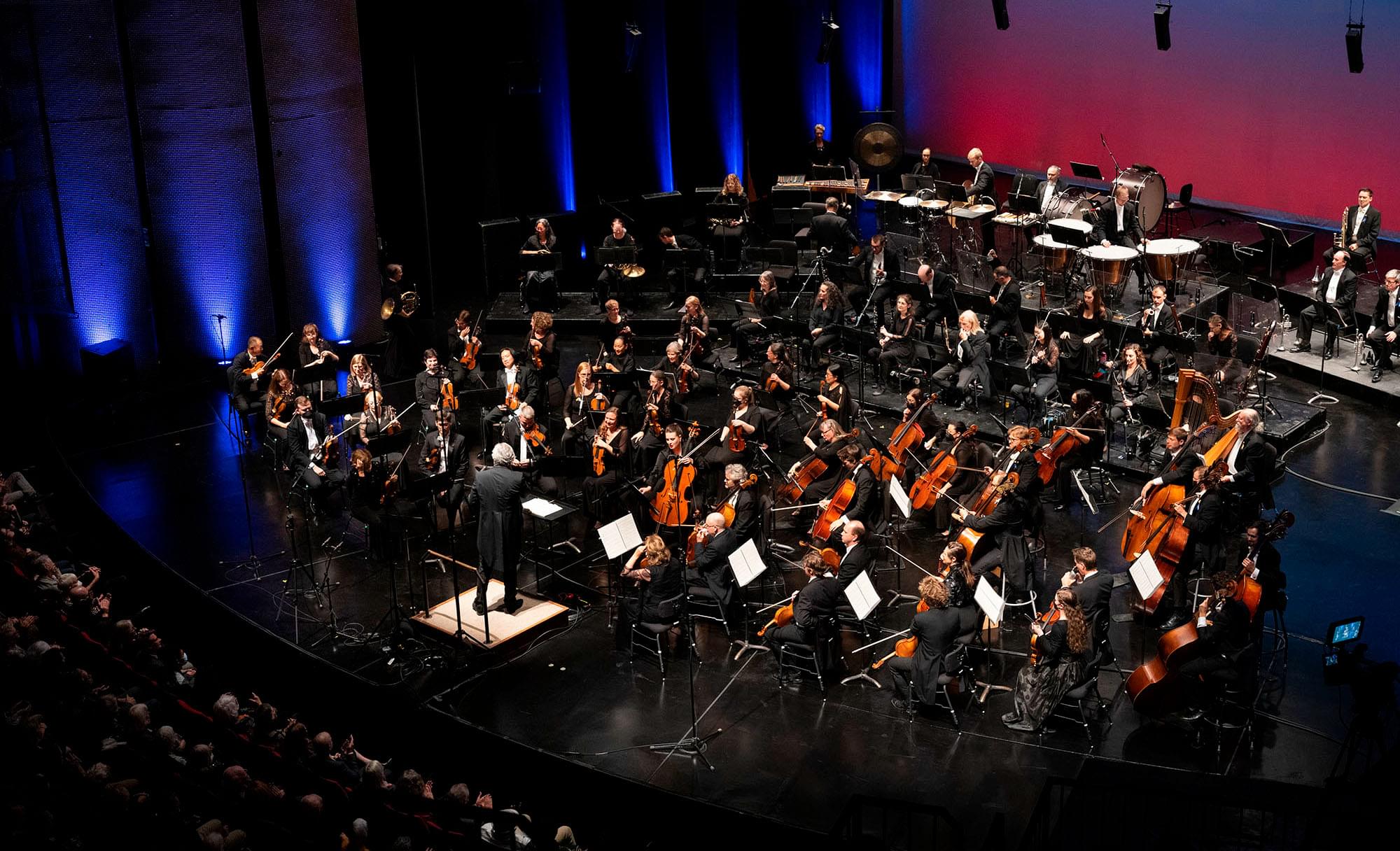
Let’s play the Blues … at the symphony?
- News

By Anna Schwartz
1936. There are rumblings of the Second World War, the Berlin Summer Olympics open with a fantastical display, and a young man from Wilkinson County, Mississippi, becomes the first African-American to conduct a major symphony orchestra in the United States. Long referred to as the “Dean of African-American Classical Composers,” William Grant Still made historic breakthroughs for the African-American classical music community during the first half of the 20th century. He was the first to have a symphony premiered by a major symphony orchestra, the first to have a major opera produced in the United States, and the first to have this opera televised over a national network. Impressive feats for the young composer.
Perhaps one of the most iconic works in his arsenal is his Afro-American Symphony, composed at the height of the Great Depression in 1930. Douglas Shadle, Assistant Professor of musicology at Vanderbilt University, has this to say about the work:
“Musicologist Jon Michael Spencer has argued that Still’s symphonic treatment of the Blues allowed him to ‘demonstrate the inherent dignity’ of black folk music as an act of racial vindication, not to critique it as inferior.”
Still’s symphony is filled with the bending pitches, exciting rhythms, and crunchy harmonies that we generally associate with a “Bluesy” sound. But what, exactly, is the Blues?
The origin of this musical genre is not well-documented, but it likely developed in the Southern United States following the Civil War. Black musicians took on the musical ideas from work songs, minstrel music, church hymns, and the folk music of white musicians of the time. There are different subgenres of Blues depending on what area of the United States we explore, but overall, the Blues style of music tends to include both instruments and voices. It is quite rhythmic, and the harmonies border on something that could be considered quite modern and clashing in classical music. The first Blues recordings were created by Black women in the 1920s, including musicians such as Mamie Smith, Bessie Smith, and Ethyl Waters.

William Grant Still sitting with one of his scores. Photo credit: Chicago Symphony Orchestra
Although the Blues is a highly respected genre, it has inspired the beginnings of many other genres, including jazz, soul music, and rock. In the 1960s, artists such as the Rolling Stones and Eric Clapton produced albums that were heavily influenced by Blues genres. Elvis Presley also used Blues material in his work.
Where does the Blues fit in classical music? Thanks to the ingenious writing of William Grant Still, it fits perfectly into a symphony. Those who attended our February 24 concert heard his fantastic fusion of classics and blues!
Anna Schwartz (she/her) is a multidisciplinary writer, educator, and conductor. She has written and spoken about the benefits of music and being a part of music-making throughout Manitoba and Northern Ontario.

![20640-WSO-2025-26-Season-Creative-Cello-Festival-Grand-Finale-[960x540]-Mar2025-FNL](https://images.wso.ca/uploads/2025/03/20640-WSO-2025-26-Season-Creative-Cello-Festival-Grand-Finale-960x540-Mar2025-FNL.jpg?resize=480%2C300&gravity)









